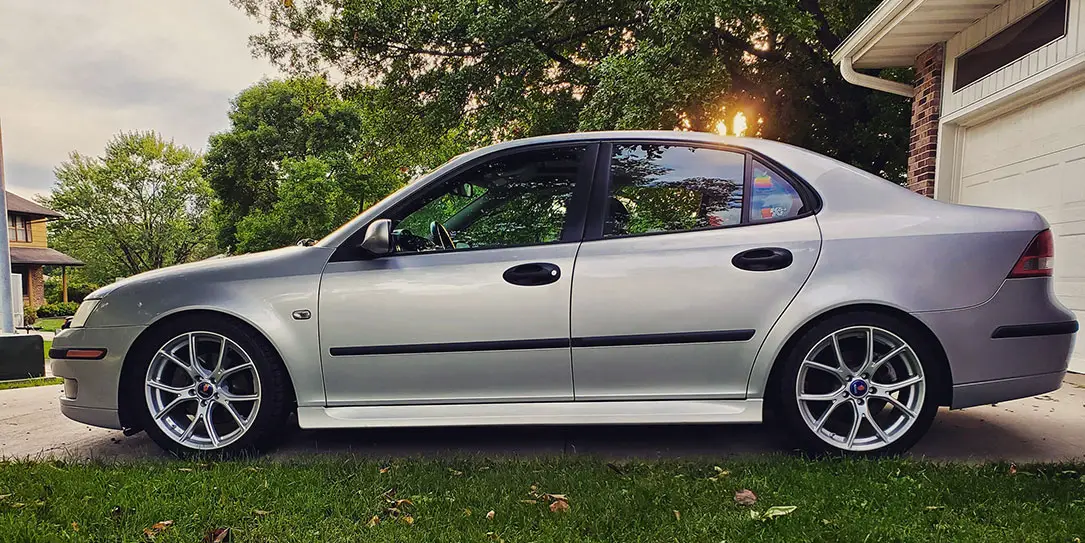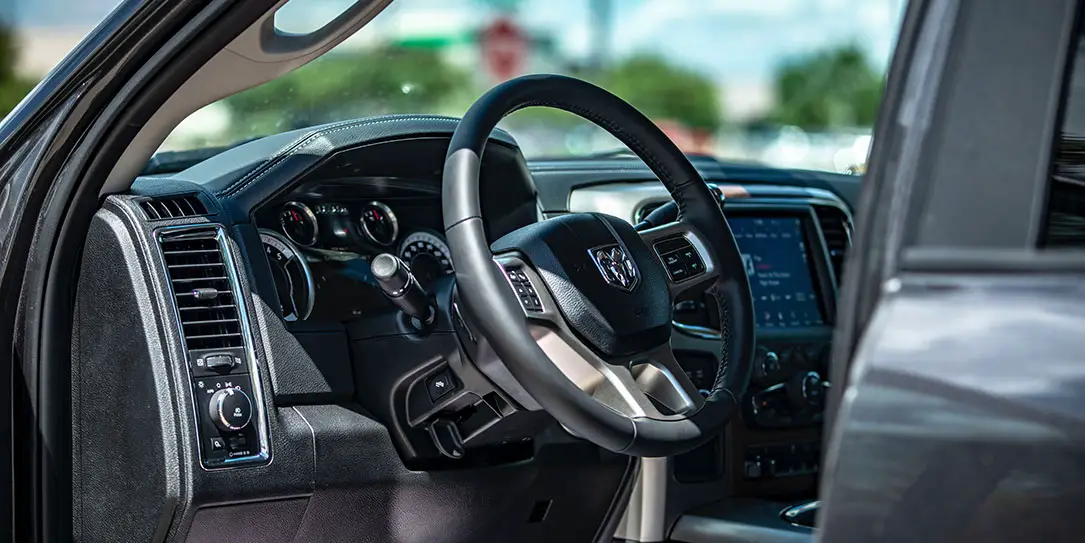This guest post was written by Caleb Danziger, co-owner and editor of thebytebeat.com.
It’s become more and more common to see ridesharing vehicles sharing the road. They’re convenient transportation methods for those living in areas without reliable public transport. You may have taken an Uber yourself once, twice or many more times over the past year.
Have you ever wondered about how your driver got the job, or why they chose to go into the ridesharing industry? Maybe you were curious about what it takes to get behind the wheel of an Uber vehicle.
The process contains many moving parts, some of which you probably don’t know about. Accessible transportation is a necessity for many around the world, and knowing more about what Uber drivers do provides insight into the mechanics of the ridesharing industry. Keep reading to discover seven interesting things about driving for Uber.
1. Your auto insurance may not cover you
Many personal policies don’t cover commercial trips, which is why Uber offers liability insurance. This insurance covers up to $1 million with riders in the car, but it doesn’t apply to times when you’re waiting for requests.
If you get into an accident alone, you’ll have up to $100,000 in coverage, which may or may not be enough depending on expenses. If you’re concerned about this factor, you can add specialized rideshare insurance to your current policy.
Your rideshare insurance comes from your current auto insurance company, as it doesn’t function as stand-alone coverage. If they don’t offer rideshare coverage, inquire about a commercial policy — this will fill in the gap. Avoid driving without full coverage, as you won’t have protection in case of accidents.
2. Your vehicle must be no older than 15 years
Uber accepts cars 15 years old or newer, which leaves a lot of room for those with older models. Older cars are more susceptible to breakdowns and need more maintenance, which will quickly go through your earnings. It’s more cost-effective to use someone else’s car or rent a newer model if you plan on driving for Uber.
This model restriction applies to services like UberX and UberXL, while upscale services like UberLUX have stricter requirements. Restrictions may vary by city, however, so always search for your local specifications. The vehicle should have four doors and contain at least four passenger seatbelts. Drivers can’t use cars with restored or salvaged titles, and commercial branding is not allowed.

3. You may be sble to frive on Workers’ Comp
Although workers’ compensation provides financial assistance while off the job, you may decide to take up a side gig. These benefits don’t always cover the entirety of your salary, which can leave you coming up short on bills and other responsibilities. However, it’s crucial to check with your employer and your state laws before signing up as an Uber driver. Not all states will allow you to receive benefits and work a job simultaneously.
If your state allows driving for Uber while on workers’ comp, you’ll have some stipulations to follow. Drivers must continue attending physical therapy and doctor’s appointments, and they must report their Uber earnings to their employer. Their salary will likely reduce the amount they receive from their workers’ comp. If they don’t disclose, they risk their insurance company accusing them of fraud.
4. Uber can help you get a car
If you don’t have a vehicle but want to drive for Uber, they offer a few options for securing one. They have partnerships with the rental companies Hertz and Enterprise to lend out cars for a weekly base rate. Hertz charges $180, while Enterprise asks for $215. You can chop this $180 fee down to zero by completing at least 75 rides each week.
Other people opt to procure their automobiles through local dealerships. Uber Xchange allows people to lease cars on a short-term basis from participating dealers. The cost of this service includes maintenance and insurance, so drivers can take their vehicles to Uber if issues arise.
This option serves well for those who have low credit and can’t receive financing from traditional dealers. Drivers pay their leases through weekly installments over three years.
5. Background checks vary by state
Driving for Uber requires a thorough background check, which varies from state to state. In North Carolina, convictions appear on your record, while pending charges don’t. All states, however, check your criminal record and moving violations.
Uber doesn’t accept anyone with major moving violations. They do consider minor violations like speeding tickets, but these don’t mean your application will fall through. Criminal records must not contain any felonies or violent crimes as far back as seven years.
Background checks are as thorough as possible, but not everything makes it through. Any crime beyond seven years is out of reach. States aren’t legally required to report every case to the federal level, so some incidents fall through the cracks.
For this reason, California created a bill requiring rideshare companies to check the entire criminal record. Rider safety is essential, and legislators want to ensure passengers ride with drivers they can trust.
Most states will require you to do a car inspection before you get on the road. You can go to a local auto repair place or an Uber Greenlight Hub to do this. Going to a Hub is free of charge, and they carry out all the components of a regular car inspection — tires, brakes, seatbelts and more. Depending on where you live, you may have 30 days before the rules require you to take your car in.
6. Uber monitors braking and acceleration
In 2016, Uber introduced a new app function for drivers — acceleration and brake monitoring. The app uses GPS data to record speed, and it registers braking intensity by monitoring phone sensors.
In an era where privacy concerns are rising, this function may cause some raised eyebrows, but it’s ultimately for the protection of everyone on the road. Uber claims they don’t use this information for doling out penalties — it merely helps drivers track and improve their driving practices.
This technology comes from the use of telematics, which helps Uber track performance through collecting accelerometer, gyroscope and GPS data. Uber sends their drivers reports for individual trips, but they also collect data for building long-term trends. The company has used telematics to implement self-driving cars, although these are only available in certain cities.
7. You pay taxes as a self-employed contractor
Whether you start driving for Uber part-time or full-time, you’ll need to pay taxes on your earnings. These include federal and local taxes, as well as Medicare and Social Security. These costs may sound hefty, but you can get deductions for many driving-related expenses.
You can write off the costs of fuel, repairs, maintenance and insurance premiums. It’s even possible to get a deduction on a portion of your phone bill, as drivers must use their devices for GPS and Uber app usage.
Will you take the wheel?
You’ve read about what driving for Uber consists of and what workers must do to get the position. Now that you’re aware, you may decide to try it for yourself or recommend it to someone else. Whether you pursue it or not, hopefully, you have a new appreciation for Uber drivers and all they do.
Do you already drive for Uber? What do you think of it so far? Let us know in the comments below or on Twitter, or Facebook. You can also comment on our MeWe page by joining the MeWe social network.
Last Updated on February 3, 2021.











